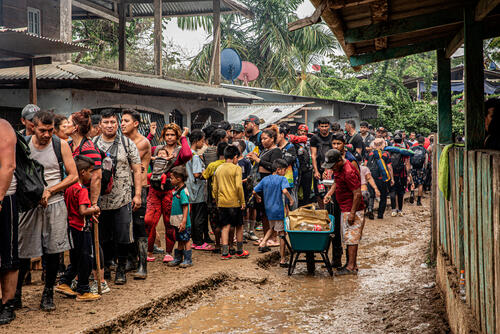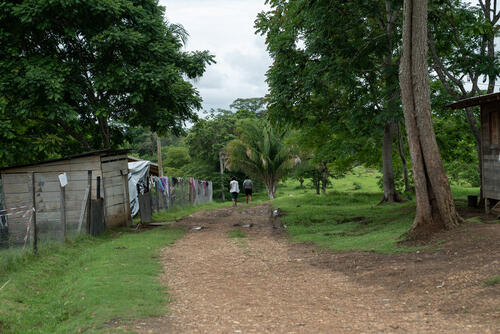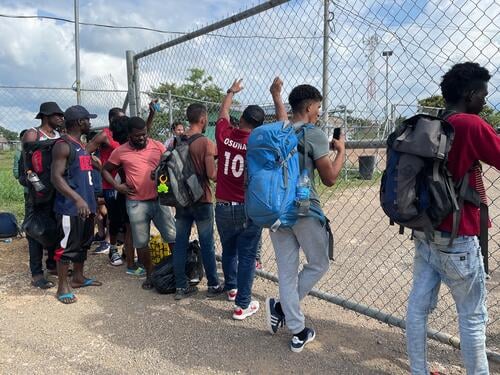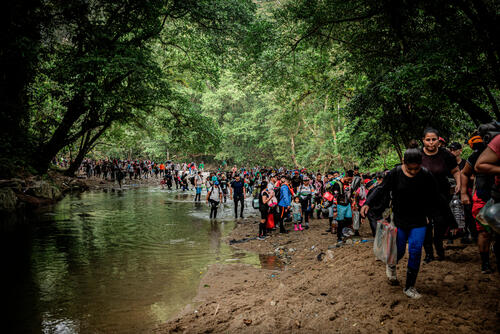An unprecedented number of migrants, refugees, and asylum seekers are arriving in southern Panama after traversing the dangerous Darién Gap, which borders South and North America, but the humanitarian response remains inadequate to respond to their needs, warns Médecins Sans Frontières (MSF).
The number of people who have crossed the jungle region between Colombia and Panama in 2023 has now reached 320,000. On 22 August, more than 4,800 migrants were at arrival points in Panama.
Humanitarian assistance must be urgently expanded in the region and governments must take action to prevent death and suffering along this route.
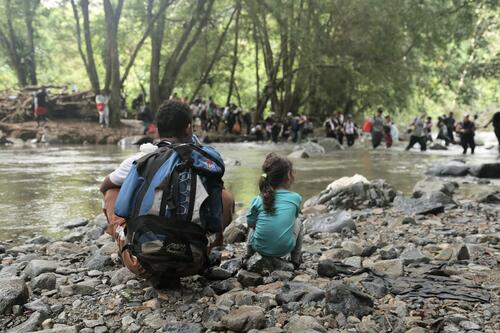
August saw 50,000 people arrive at various points in Panama after crossing the Darién Gap from Colombia, with 2,000 to 3,000 people continuing to arrive each day.
“Humanitarian organisations cannot cope with the increase in the number of people arriving every day,” says Jose Lobo, MSF project coordinator in Panama’s Darién province.
“We can’t keep up. We urgently call on all donors and humanitarian organisations to multiply their efforts. The governments of Panama and Colombia must also develop effective mechanisms to guarantee a safe route through the Darién Gap and access to basic services for all migrants.”
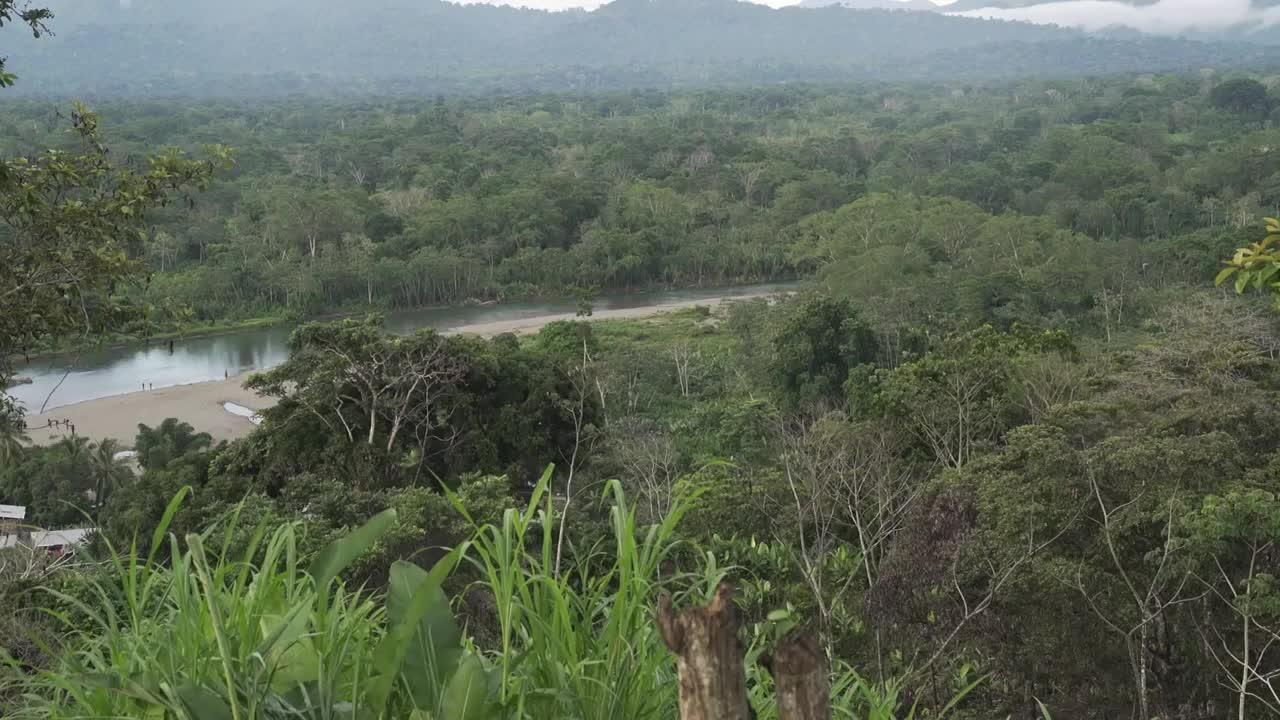
Testimonies from the Darién Gap
The horrors of crossing through the Darién Gap are well known. People face robberies, assaults, and sexual violence at the hands of criminal groups. On top of this, the terrain is dangerous. Many people tell our teams they have witnessed people – sometimes loved ones – drown, fall off cliffs, become immobilised after breaking bones, or be swept away by rivers.
After surviving such a harrowing journey that can last days or longer, people arrive in Panama with wounds and injured limbs, diarrhoea or gastric diseases from drinking river water, and mental health issues such as depression, anxiety, or trauma after experiencing or witnessing violent events.
But the care they need is hard to find. The routes people take vary seasonally, but right now, most migrants depart from Capurganá or Acandí in Colombia and arrive in Bajo Chiquito, an indigenous community in Panama consisting of about 500 people. From there, they take canoes to the Temporary Immigration Reception Centre in Lajas Blancas.
Arrival points in Bajo Chiquito and Lajas Blancas have been overwhelmed in recent weeks, aggravating the health and safety risks for migrants due to the scarcity of clean drinking water and safe sleeping spaces.
MSF has three assistance posts in the region – in Bajo Chiquito and Lajas Blancas and San Vicente. Dozens of migrants wait endlessly in queues outside the health stations.
“There are many children who are dehydrated from diarrhoea, so there's nothing to do but to let them go first,” says a Venezuelan woman with blisters on her feet from rubbing against her boots.
Between January and July 2023, our teams provided 35,912 medical consultations to migrants, including 673 pregnant women and 206 survivors of sexual violence. Our teams also provided 1,611 mental health consultations.




